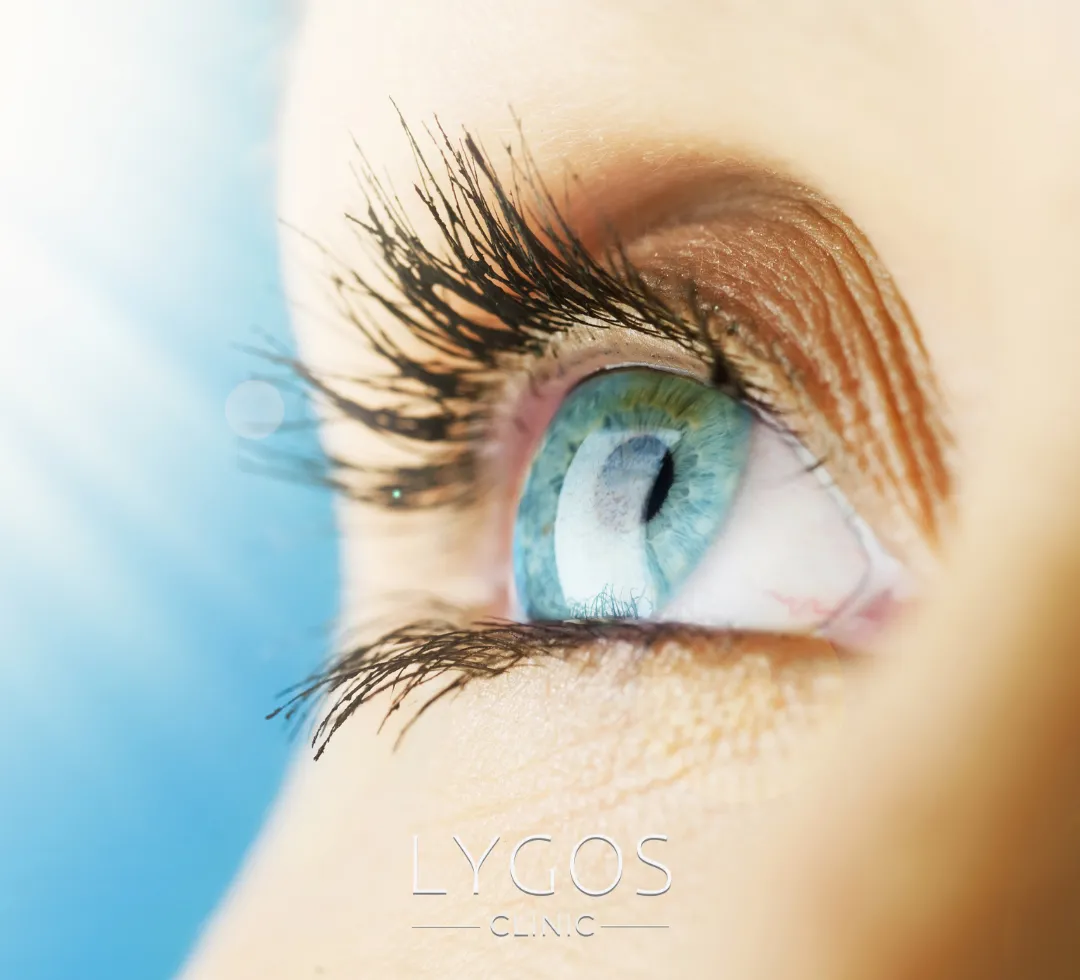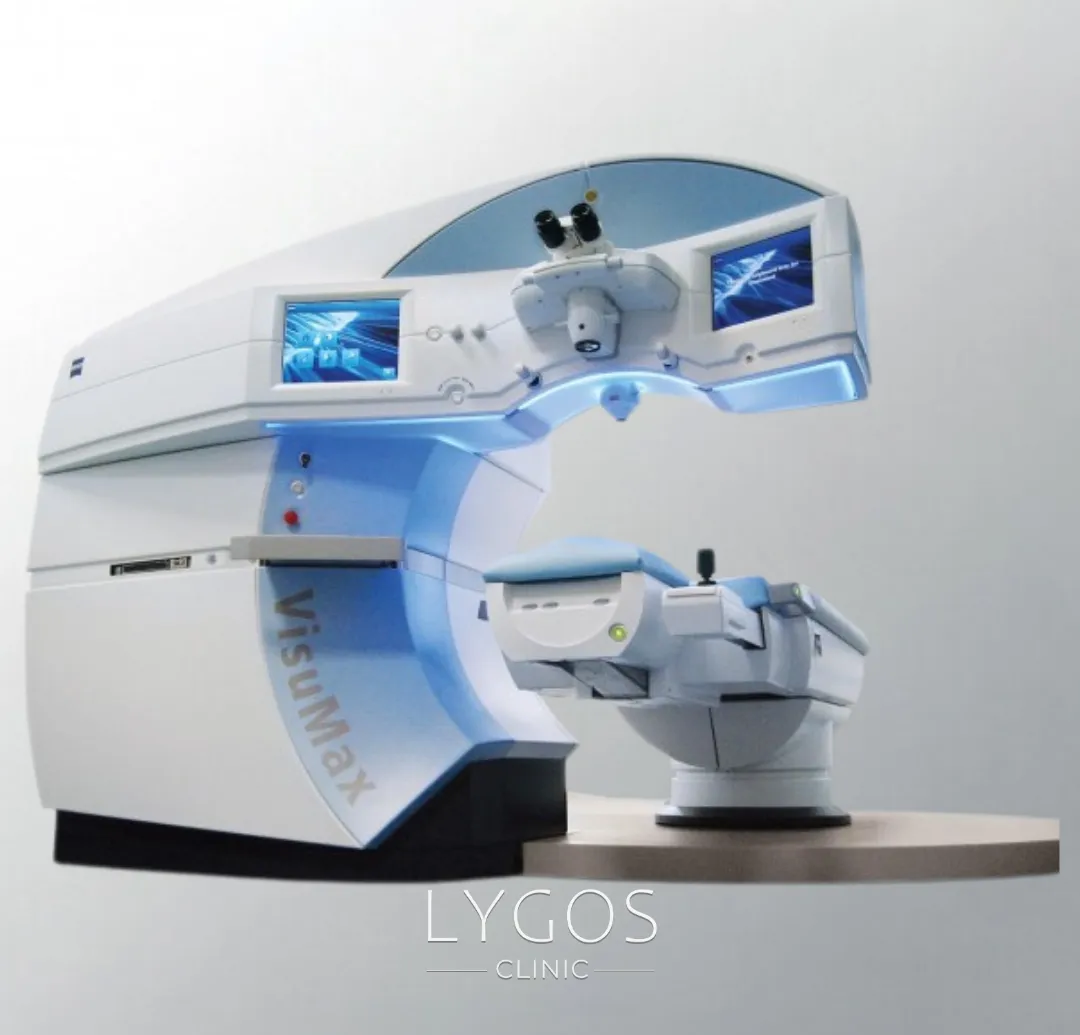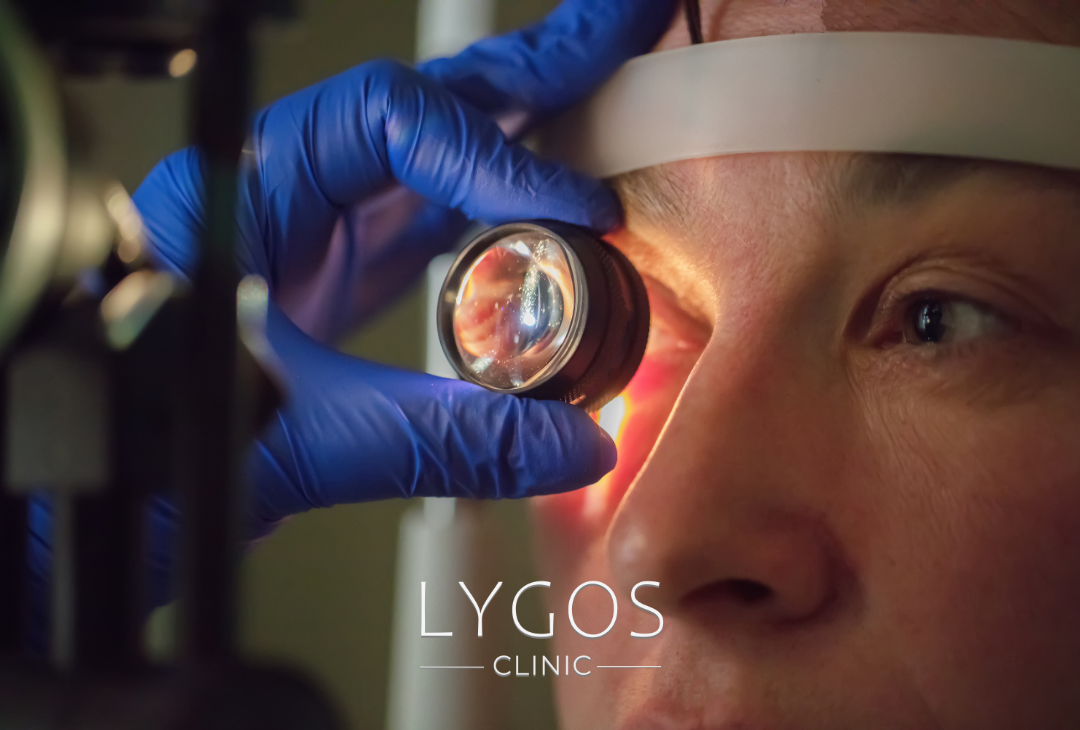What is PRK Laser?
Get a Free Consultation
Choose Your Topics

How is Laser Eye Surgery Performed?
PRK laser eye surgery aims to make the eyes feel nothing. Therefore, eye drops are applied before the surgery. During PRK laser eye surgery, the outer thin layer of the cornea is not removed by the surgeon. In the early years of the development of vision correction techniques, this layer was removed by hand, but with the development of technology, it is now removed by laser.
This does not require realignment of the outer layer. In the PRK technique, the layer where the laser procedure is performed heals on its own. Although PRK laser eye surgery is a practical procedure, it may not be suitable for everyone. Therefore, it is very important to consult a specialist and get information about the procedure.
Who is Suitable for PRK Laser Eye Surgery?
PRK laser eye surgery is suitable for many people over the age of 18. If deemed necessary, this method can also be preferred for people under the age of 18. PRK can be performed immediately after the examination or on a date recommended by the doctor.
The detailed examination to determine the suitability of the eye structure includes a careful assessment of eye health and the criteria for surgery. The PRK laser eye surgery method stands out especially in the correction of refractive errors such as myopia, hyperopia and astigmatism. PRK laser eye surgery is performed by reshaping the cornea. This process involves removing the top layer of the cornea and then correcting it with a laser.
The procedure is usually quick and painless, but the recovery process can take several days. In conclusion, the PRK laser eye surgery method can be applied to correct the defects of many people after a detailed examination. It is a very reliable and effective method. This procedure improves the quality of vision and provides a more comfortable and clearer vision in daily life.


Risks of PRK Laser Eye Surgery
- There is a risk of infection after the operation.
- Permanent non-transparent areas called "scars" may appear on the cornea.
Blurred Vision After PRK Laser Surgery
Blurred vision may be experienced temporarily after PRK laser surgery. The amount and duration of this blurring may vary depending on the type of procedure. There may be significant blurred vision for the first week to ten days after PRK treatment.
Blurred vision after PRK laser surgery usually decreases significantly within 10-15 days. After this time, the level of vision reaches 90%. In the majority of patients, the blurriness gradually decreases and is completely gone by the end of one month. It is very important to consult a specialist doctor for blurred vision after PRK laser surgery.


Recovery Process After PRK Laser Eye Surgery
After the PRK laser eye surgery is completed, the patient is taken to the first control examination after resting for about half an hour. Another follow-up examination can be performed the next day. In this way, wrinkles are detected in the transparent area on the surface of the eye.
Also, if a reaction is observed under the flap, it may be necessary to wash under the flap. These steps are very important for the healing process after PRK laser eye surgery. Therefore, a follow-up examination is performed between the 3rd and 6th day after the treatment. No flap is created in this method. It usually takes 3 days for the patient to return to social or work life.
In this process, it is necessary to be careful and follow the doctor's recommendations. The recovery process after PRK laser eye surgery may take a little longer than methods such as LASIK. Mild discomfort and blurred vision may be experienced for a few days after the treatment. However, these symptoms usually resolve in a short time.
The Difference Between PRK Laser and No Touch
No touch laser is a more popular term compared to scientific nomenclature such as PRK, LASIK and SMILE. No touch laser, whose actual scientific name is ‘Transepithelial PRK’, is actually a PRK method. Therefore, its superiority over PRK cannot be mentioned.
Therefore, in individuals with healthy corneas, the classical PRK method may give more effective results than the no touch method. There are also some scientific details on this subject. So, what is the difference between PRK laser and no touch? The no touch method is usually more expensive than PRK laser. The equipment used and the equipment of the hospital can increase the cost of the treatment.
However, this does not mean that the PRK laser method is of poor quality. The high price of the no touch laser is often a strategy used to attract the attention of those who prefer this method.


PRK Laser Eye Surgery Costs
PRK laser eye surgery costs vary according to the needs of the patient. The size of the area to be treated and the quality of the equipment to be used are reflected in the costs. Therefore, it may be misleading to give a clear figure about PRK laser eye surgery costs.
Apart from the details above, doctors also affect the PRK laser eye surgery costs. The cost of the procedure performed by an expert and well-equipped surgeon can be expected to be higher. However, it should not be forgotten that surgeries performed by experienced doctors are more successful.
Frequently Asked Questions About PRK Laser Eye Surgery
BLOG

Is Breathing Through the Mouth Harmful?
Chose Your Topic Is Breathing Through the Mouth Harmful? Breathing is one of the most fundamental needs of life. However,

Does Rice Water Make Hair Grow? | Benefits of Rice Water
Chose Your Topic Does Rice Water Make Hair Grow? Natural methods in hair care have become quite popular in recent

Breast Lump | Types: Benign, Malign and Causes | LYGOS 2025
Breast Lump While cancer stands out as one of the most common health problems today, early diagnosis rates are also





